Most tourists who visit Zimbabwe never get further than Victoria Falls, but breathtaking game reserves, monumental ruins and the sheer warmth of the people, mean that it's worth exploring further.
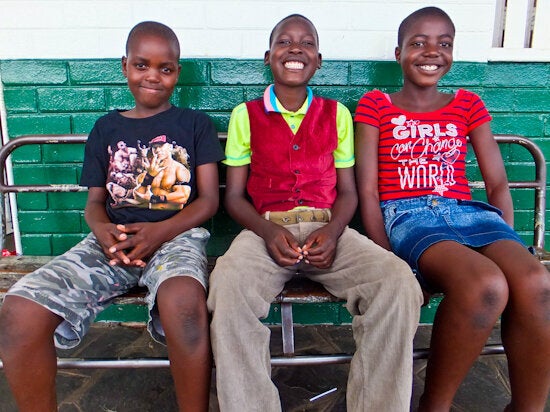
Harare, the capital of Zimbabwe is a surprisingly leafy city with many fine colonial buildings nestling under the trees. My hotel, the Rainbow Towers, is surrounded by parkland and I have a great view over the city. There's no time to linger as my first destination is the Eastern Highlands, bordering Mozambique. The road is good and there's little traffic as I pass through flat grasslands, lined with patches of maize and a few grazing cattle. The road begins to climb and huge boulders, like giant cosmic sculptures, dot the sides of the road. In the distance, the border is marked by a range of mountains and, as night begins to fall, I arrive at the Inn on Rupara in Nyanga.
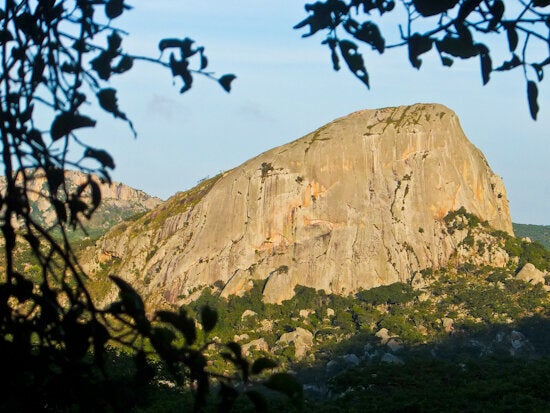
Rupara, Nyanga
The hotel is composed of individual chalets, clinging to the hillside and, next morning, I have a glorious view of Mount Rupara as the sun rises. The name means bald mountain and it really is one huge rock sticking out of the ground. It's impossible to resist the offer of a climb before breakfast and I'm soon at the top with a glorious view over the surrounding countryside. The hotel offers safari drives through its private estate stocked with giraffe, eland, zebras and wildebeest and there are opportunities for horseback rides. This is a delightful area, once a weekend refuge for Harare residents escaping the heat of the city, and other hotels dotting the landscape include the Troutbeck Inn and the Montclair Casino. Even Cecil Rhodes built a lodge here so he could go trout fishing and it's now the Rhodes Nyanga Hotel.
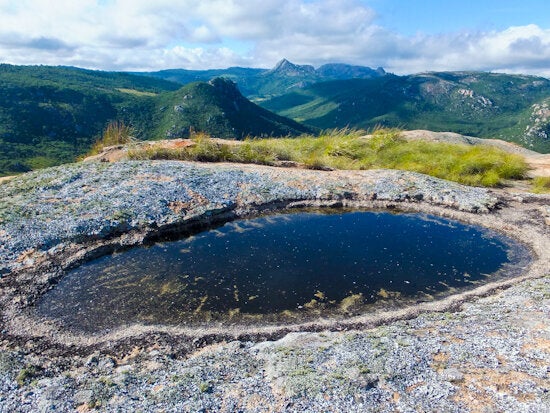
Chilo Gorges
I head south along the Mozambique border, through Mutare, to the Chilo Gorge region. The mountains give way to small hills and stumpy Baobabs populate the landscape. I turn of the main road and, it's already dark, as I drive the last few miles on a dirt track in the pouring rain. It's two hours of hell but there's a warm welcome at Chilo Gorge Safari Lodge from Clive Stockil, recipient of the Prince William Award for Conservation in Africa. He came here in the 80's to mediate with the Shangaan people about their use of Gonerezhou National Park and stayed on to develop the lodge with them as partners. It 's a luxurious place and occupies a commanding position above the Save River overlooking the park. It's well worth a visit to the nearby village of Mahenye to see how the locals are benefiting.
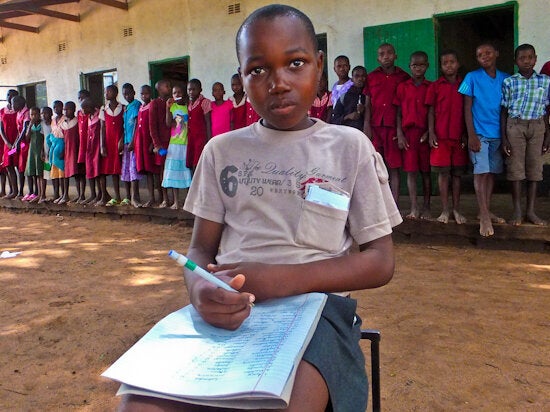
Next day I brave the crocs and cross the river in a flat bottomed boat to enter the Gonerezhou National Park. It's the second largest reserve in Zimbabwe and the wilderness is still largely pristine with elephant, buffalo, lion, leopard and cheetah. The river system makes it unique and, unlike other parks, where the animals seem to be used to game vehicles, here they are decidedly skittish. The elephants in particular stand their ground and trumpet their unease whilst the nyala and zebra take flight as soon as we appear. You really do feel like you are out in the wild here and it's an outstanding bush experience.

Great Zimbabwe
I'm sad to leave the lodge but have got heritage on my mind. It's another four hours north to the UNESCO site of Great Zimbabwe which occupies a huge area of nearly 80 hectares. The hill ruins, a fortified rock with dry stone walls of granite, rise up to 350m and can be seen for miles. This acropolis was the royal city and there's evidence that it was continuously inhabited from the 11th to 15th centuries. Nowadays it's home only to Baboons and it's well worth the climb to wander the narrow passageways and enjoy the view. Nestling at ground level, the elliptical Great Enclosure with its high conical tower is what you see on all the photographs. This is probably where the royal family lived.
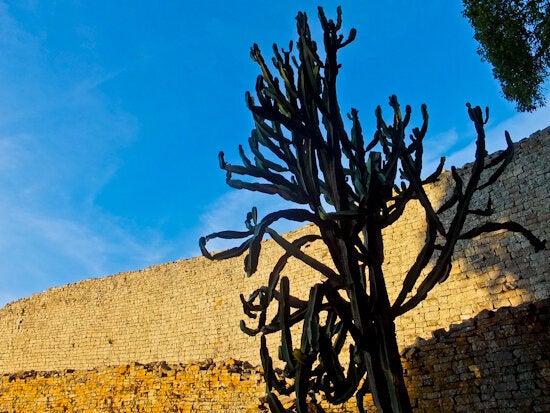
Bulawayo and the Matopos
Bulawayo is Zimbabwe's second largest city and still has the feel of a frontier town, largely due to the crumbling colonial buildings. The Exchange Bar is where Cecil Rhodes made his business deals and it's largely unchanged since then. The walls are full of assorted heads of game animals and faded old photographs and it's an atmospheric place to enjoy a beer. My destination is the Matopos Hills, ironically the final resting place of Rhodes, and gigantic granite boulders, balanced precariously on top of each other, threaten to topple.
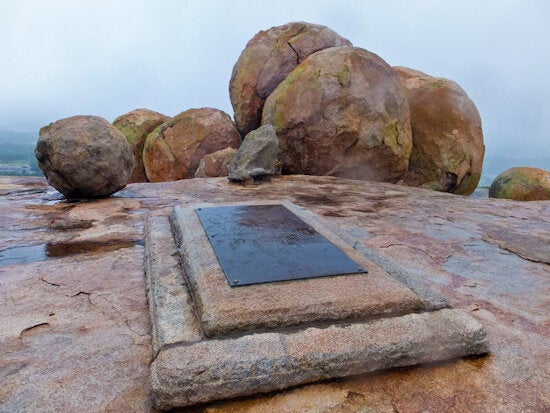
Matobo is Zimbabwe's oldest national park, a bequest from Rhodes, but I'm here to see the rock paintings of the San Bushmen who lived here 2,000 years ago. There are thousands of rock art sites in the area but only six caves are open to the public. In Nswatugi the paintings are certainly extraordinary and the depictions of animals surprisingly lifelike.
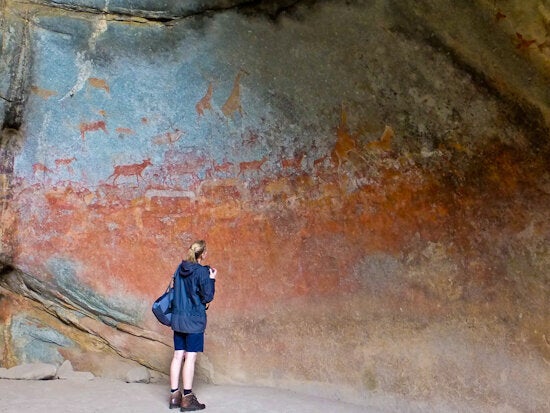
Hwange National Park
Hwange is the largest game reserve in Zimbabwe, almost the size of Wales, and is home to 100 mammal and 400 bird species. On my way in I see giraffe, impala, kudu, waterbuck and jackal. I'm staying at the Davison's Camp and wonder why there's no water in the shower. First they blame the elephants, who are wandering on the fringes of the camp, but then it turns out that pesky baboons have turned off the stop cock.
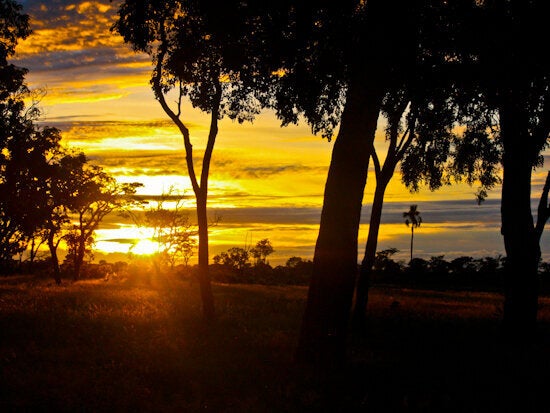
As you'd expect the game drives are terrific but I relish an early morning walking safari. There are just three of us and we're told to stay close, in single file, behind the gun-toting guide and warned not to talk. Of course the only large animal we encounter is Wildebeest but it's glorious to be out in the bush, with just the sound of the birds.
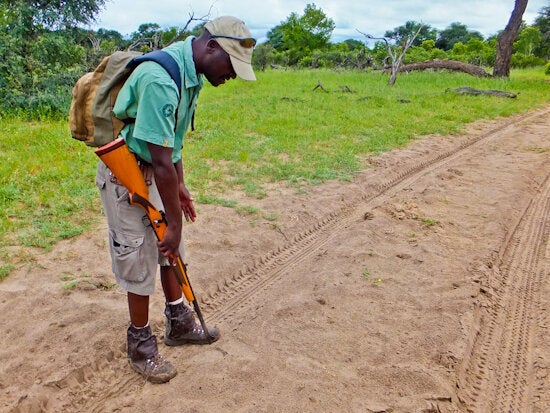
Victoria Falls
After the splendid isolation of the rest of Zimbabwe it's a bit of a shock to encounter tourists at Victoria Falls. For most people, this is the only thing they see of the country and the falls don't disappoint. There's a network of viewing trails, all very natural, and of course you get completely soaked from the spray. If you want to stay dry, then take a scenic helicopter ride to appreciate the immensity of this natural wonder. The Victoria Falls Hotel was the first hotel here and has maintained its high standards for over 100 years.

On my last day, I'm on yet another safari drive, this time in the Stanley and Livingstone private reserve. It's getting late, almost dark, so we're speeding back to base when we almost run over a couple of elephants mating. As you can imagine they're not happy being disturbed and the driver of the jeep panics and tries to reverse. Suddenly they are elephants crossing behind us and I realise we are surrounded. The driver has nothing more than a spanner and the only thing we can do is wait. Eventually he takes a chance and guns the vehicle forward and out to safety. It's a narrow escape and a warning that it's wise not to be too blasé in the bush.
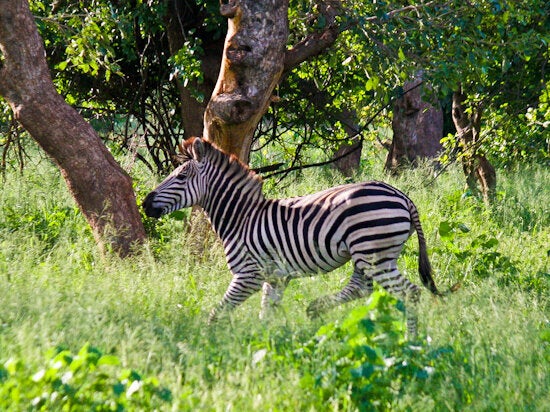
It's well worth spending a couple of weeks in Zimbabwe, exploring the country's major attractions. Security is not an issue, the roads are good, and there's not much traffic so it's easy to get around. The game lodges offer better value than their counterparts in neighbouring countries, and you're not going to be overwhelmed by crowds of safari vehicles. Victoria Falls, of course, gives you a flavour of what's an offer, but it's the unspoilt rest of the country which lingers in my memory.
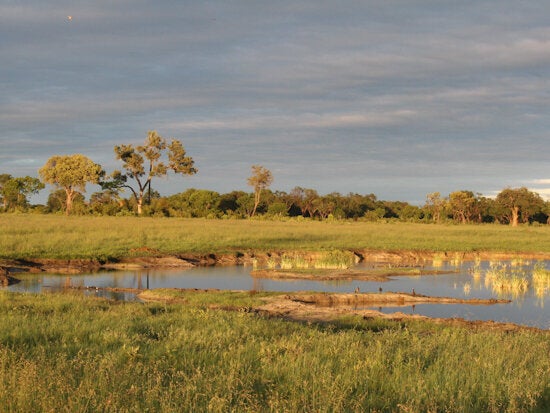
The Lodge at the Ancient City is handy for Great Zimbabwe.
Matopo Hills Lodge is a good base for exploring Matobo.
The Stanley and Livingstone Safari Lodge is a comfortable place to stay at Victoria Falls.
Bonisair Helicopters has flights over Victoria Falls.
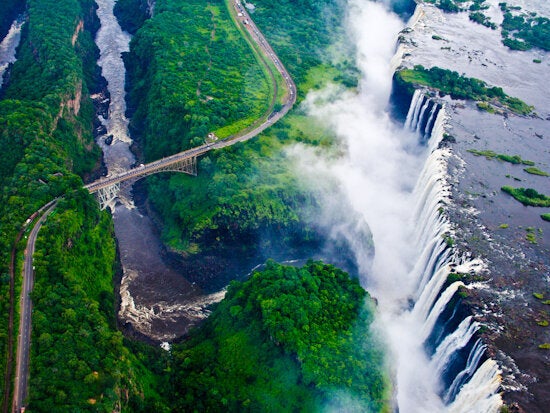
South African Airways flies from Heathrow, via Johannesburg, to Harare, Bulawayo and Victoria Falls.
The Zimbabwe Tourism Authority has information about the country.
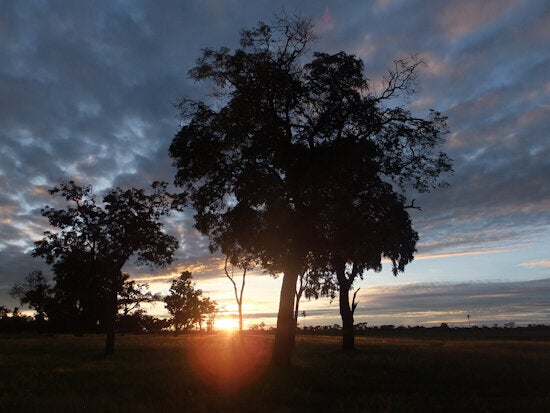
All pictures copyright Rupert Parker.